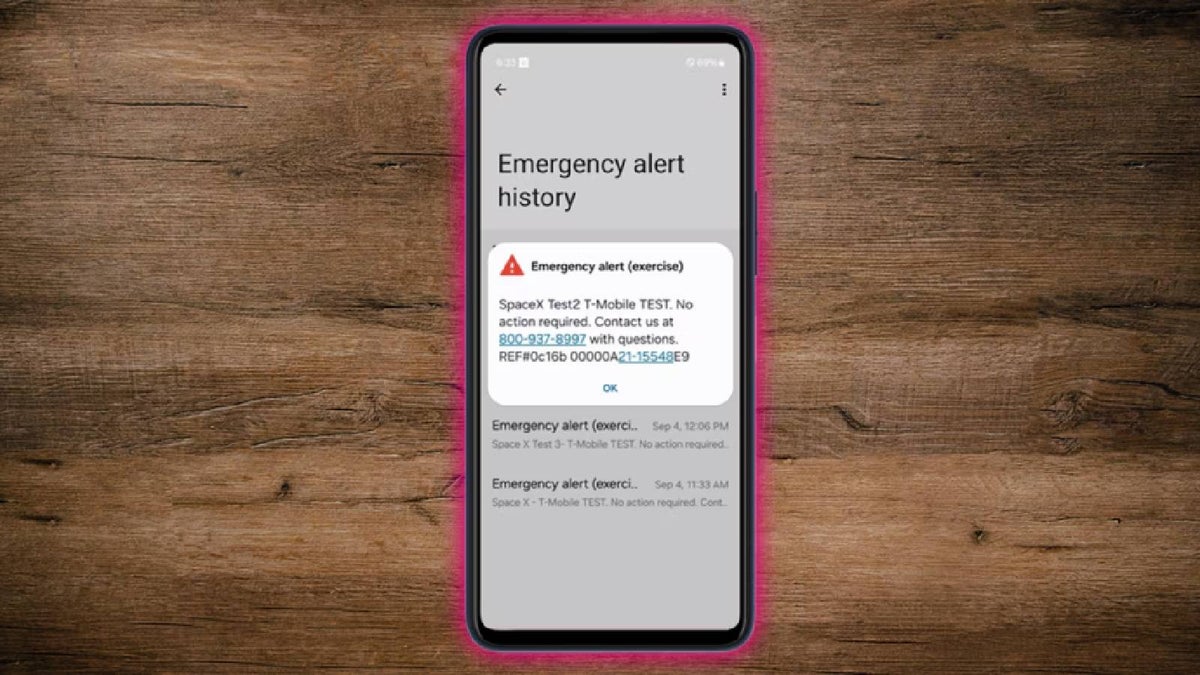T-Mobile carried out a mock exercise for a hypothetical evacuation notice by sending an alert 217 miles into space where one of Starlink’s 175 direct-to-smartphone satellites received it. The alert was then broadcast to an area affected by the hypothetical evacuation notice and received by a T-Mobile phone.
Emergency operators only required a few seconds to line up the emergency message and send it to users on the ground using Starlink satellites.
This demonstrates the importance of satellite-to-smartphone technology, which can prove to be critical during catastrophic events such as hurricanes and tornadoes in the 500,000 square miles of sparsely populated land across the US which is currently unreachable by cell towers in the country.
T-Mobile is not keeping this life-saving service for its own customers and has said that it will also work for customers of other wireless service providers during emergencies.
In the past, a lack of coverage has proven detrimental to rescue operations during emergencies.
T-Mobile and Starlink aim to bring satellite texting to the former’s customers before the end of the year. Starlink founder Elon Musk has expressed his intention to partner with other carriers in the future, but initially, satellite-based texting, calling, and internet connectivity will be exclusive to T-Mobile users.
The commercial rollout of T-Mobile‘s direct-to-cell service will begin with a beta test, the company revealed today.
